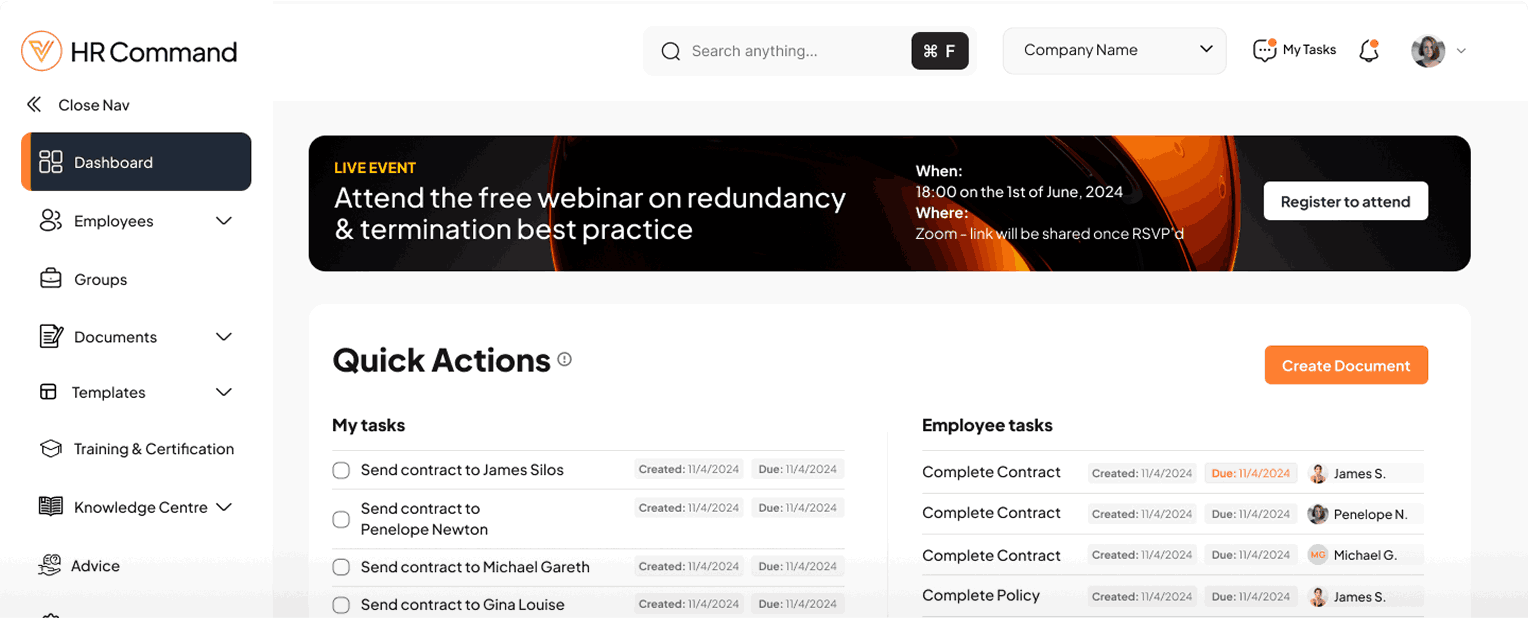Key Developments in Employment Classification
The High Court of Australia has delivered significant rulings that redefine how businesses determine whether a worker is an employee or contractor. The decisions in Construction, Forestry, Maritime, Mining and Energy Union & Anor v Personnel Contracting Pty Ltd (Personnel) and ZG Operations Australia Ltd v Jamsek (Jamsek) highlight the risks of sham contracting and reinforce the importance of clear, well-drafted agreements.
Misclassifying workers can expose businesses to financial liabilities, including back payments for entitlements such as superannuation, long service leave, and compliance obligations under the Fair Work Act 2009 (Cth). With these new rulings, companies must ensure their employment and contractor agreements are legally sound.
High Court’s Revised Approach: Focus on Written Contracts
The rulings confirm that courts will prioritise the employee or contractor distinction based on the terms of a written contract rather than the practical nature of the working relationship. This follows the approach taken in WorkPac Pty Ltd v Rossato (Rossato), which emphasised that where a written contract exists, courts will consider its terms first, rather than how the arrangement functions in reality.
Under this approach, courts will only examine the conduct of the parties if:
- The written contract is deemed sham contracting (i.e. an attempt to disguise an employment relationship as an independent contractor arrangement), or
- Evidence suggests that the contract has been varied, such as through an oral agreement.
Previously, courts assessed the “totality of the relationship” by considering various employment indicia such as control, payment structure, and integration into the business. The High Court has clarified that while these factors still matter, they must be assessed in light of the written contract, rather than day-to-day operations.
This shift provides more certainty for businesses but also underscores the need for well-structured contracts to avoid sham contracting allegations.
Case Summaries
Personnel Case: Labour Hire Arrangements and the Employee-Employer Relationship
In Personnel, Construct, a labour-hire company, engaged Mr McCourt under a contract labelling him as a “self-employed contractor.” However, the High Court ruled that Mr McCourt was, in fact, an employee, as the terms of his contract gave Construct substantial control over his work.
A key takeaway from this decision is that simply labelling a worker as an independent contractor does not determine the relationship. Courts will assess the employee or contractor classification based on the contractual rights and obligations rather than self-imposed labels.
This ruling challenges previous case law, particularly in labour-hire arrangements, and increases scrutiny on businesses using contractor agreements.
Jamsek Case: Contractor Agreements and Written Contract Focus
In Jamsek, two truck drivers were initially engaged as employees but later became independent contractors under a new agreement. They purchased their own trucks and signed a contract with their employer.
Despite working under contractor agreements for decades, they later sought entitlements under the Fair Work Act, arguing they remained employees. The High Court overturned a Federal Court ruling that had supported their claim, confirming that because the working arrangement was formalised in a written contract, courts should not assess the “substance and reality” of the relationship beyond the contract terms.
This decision reinforces that businesses must ensure their contracts are clear, legally robust, and not at risk of being challenged as sham contracting arrangements.
Key Takeaways for Businesses
- Ensure written contracts clearly define employment relationships – Courts will rely primarily on contractual terms when determining whether a worker is an employee or contractor.
- Be cautious with independent contractor arrangements – The existence of a contract does not automatically prevent scrutiny under sham contracting provisions.
- Expect broader implications for employment law – These decisions will impact legislation such as the Fair Work Act 2009 (Cth), superannuation laws, and long service leave entitlements.
Businesses should review their contractor agreements to ensure compliance with the latest High Court rulings and avoid exposure to potential liabilities.
For guidance on employment contracts, employee or contractor classification, and avoiding sham contracting, contact us for expert legal advice.











